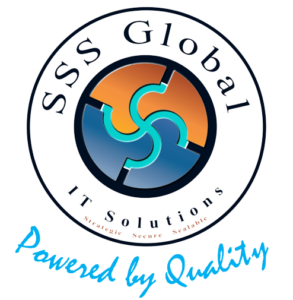In the world of software development and project management, various methodologies help teams organize work, improve collaboration, and deliver value to customers efficiently. Three prominent methodologies in this domain are Kanban, Agile, and Scrum. While they share common goals, they each have distinct characteristics and approaches.
1. Kanban: Visualizing and Optimizing Workflow
Kanban, inspired by the Toyota Production System, emphasizes visualizing work, limiting work in progress (WIP), and optimizing the flow of work through a system. Imagine a physical board divided into columns representing different stages of a process, such as “To Do,” “In Progress,” and “Done.”
Example: Suppose you’re managing a software development project using Kanban. Your Kanban board might have cards representing tasks or user stories moving from left to right across columns. As developers’ complete tasks, they move corresponding cards to the “Done” column, maintaining a steady flow of work through the system.
2. Agile: Iterative and Collaborative Development
Agile is a broader philosophy centered on flexibility, collaboration, and customer satisfaction. Agile methodologies, like Scrum and Extreme Programming (XP), emphasize iterative and incremental development, with a focus on delivering working software frequently.
Example: In an Agile software development project, a cross-functional team collaborates closely to deliver value in short iterations called sprints. Team members regularly communicate, adapt to changes, and prioritize work based on customer feedback. Daily stand-up meetings keep everyone aligned, and regular sprint reviews and retrospectives foster continuous improvement.
3. Scrum: Framework for Agile Development
Scrum is a specific Agile framework that divides work into fixed-length iterations called sprints, typically lasting two to four weeks. It defines specific roles, events, and artifacts to facilitate transparency, inspection, and adaptation throughout the development process.
Example: Imagine a software development team using Scrum to build a new web application. At the beginning of each sprint, the team holds a sprint planning meeting to select items from the product backlog and define the sprint goal. During the sprint, they work on these items, holding daily stand-up meetings to discuss progress and identify any impediments. At the end of the sprint, they conduct a sprint review to demonstrate completed work to stakeholders and a sprint retrospective to reflect on their process and make improvements.
Conclusion
While Kanban, Agile, and Scrum share common principles such as collaboration, adaptability, and customer focus, they offer distinct approaches to software development and project management. Understanding the differences between these methodologies can help teams select the most suitable approach based on their goals, context, and preferences.

